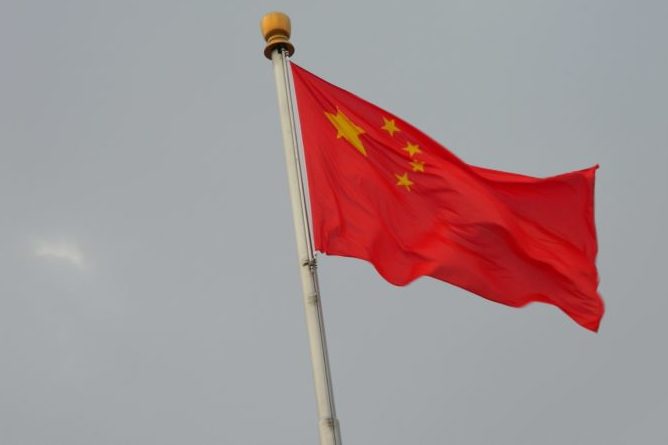China’s efforts to manipulate academic discourse in Central and Eastern Europe (CEE) cannot be easily discerned, yet there are examples that indicates the risks are real. The case of the Czech-Chinese research center that was established at the Czech Republic’s most prestigious Charles University constitutes a prime and one of the few publicly known examples of Chinese direct influence in CEE academia.
The center (discontinued after the issue was uncovered by media) had its activities, including its annual China-focused conferences, co-funded by China’s embassy. The format, a “balanced” composition of speakers — half of whom were provided by the Chinese embassy — and the thematic profile of conferences strongly indicate a decidedly China-friendly position. Czech researchers at the center (no longer employees of the university) also secretly billed the Chinese embassy for teaching a course on the Belt and Road Initiative, and selected prospective students who were later invited to China under the Bridge for the Future program, a scheme which brings together youth from Central and Eastern Europe and China.
Another case, involving the China-CEE Institute in Budapest, can serve as another example of China’s direct insertion into academic discourse. The outputs of the institute, China’s first think tank in Europe, include articles, calls for studies on China’s image (research results allegedly had to be translated into Chinese), and other elements that bring the institute close to becoming a direct tool of local (and possibly regional) Chinese propaganda.
In Central and Eastern Europe, no official state response has so far been adopted — perhaps because the scope and impact of China’s possible academic influence has been perceived as limited. Chinese universities and Chinese students are generally still regarded as a typical, unproblematic component of academic internationalization and international exchange, as well as an additional source of finances via tuition fees. Until recently universities seemed rather oblivious to the risks associated with cooperation with some Chinese entities, including establishing and outsourcing teaching to China’s Confucius Institutes. Also the local Chinese Students and Scholars Associations (CSSAs) seemed content to limit their activities to screening patriotic movies and organizing Chinese New Year celebrations. However, the number of Chinese students in the region has been on the rise, thanks to new cooperation opportunities provided under the umbrella of the 17+1 platform, thus we can hypothesize an increase in influence-seeking activities.
You can read the whole article at The Diplomat.


